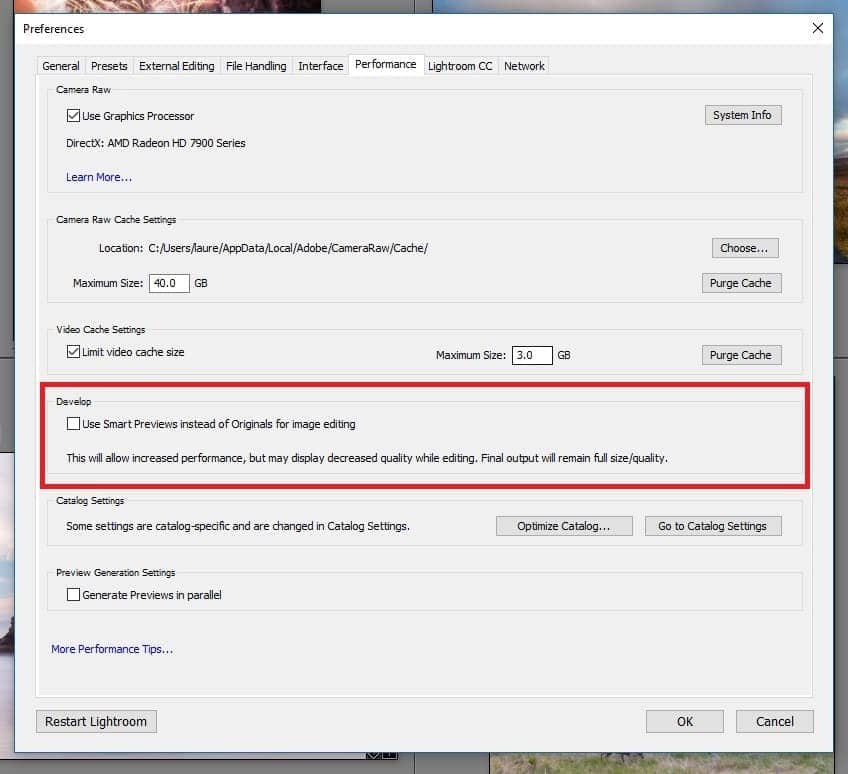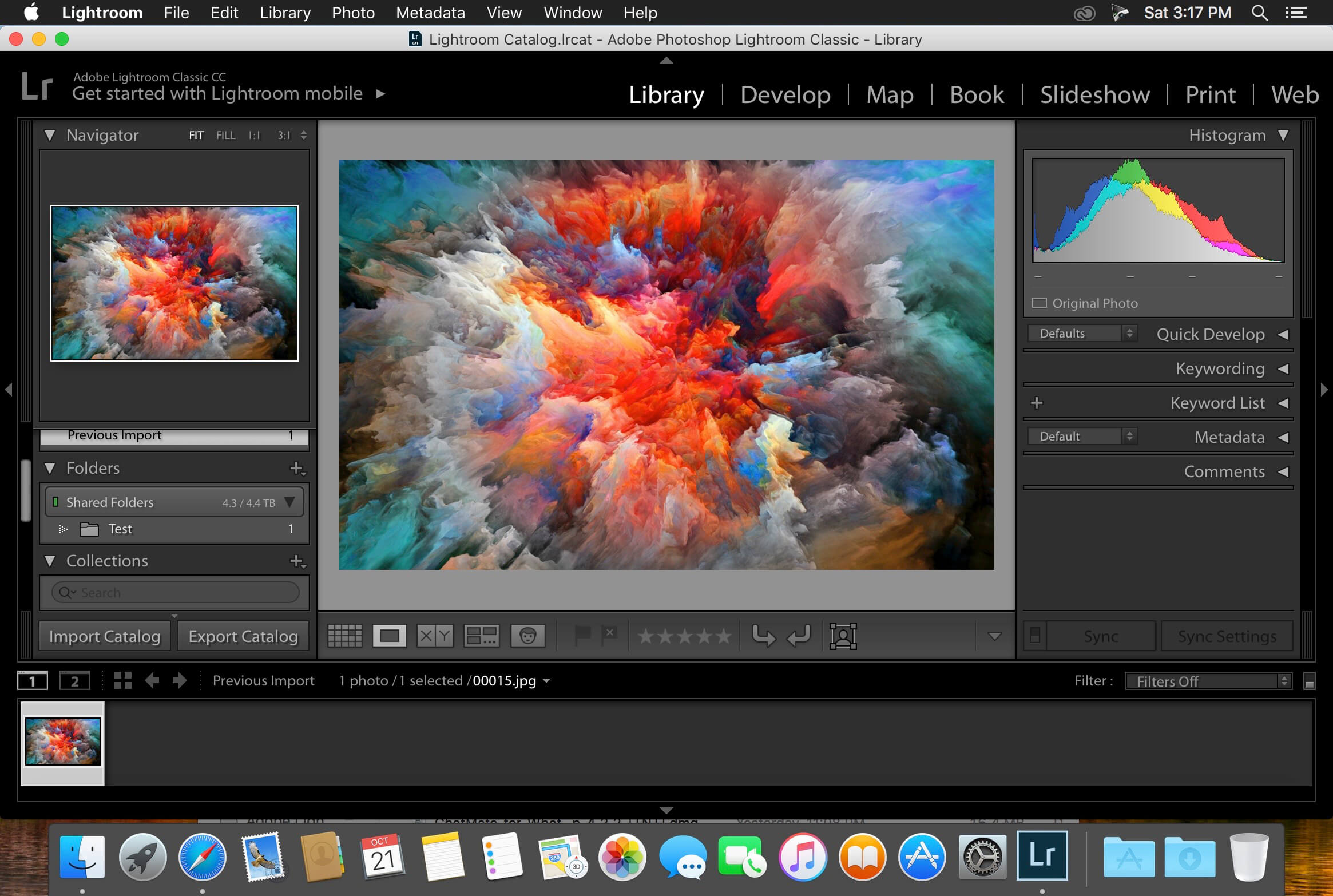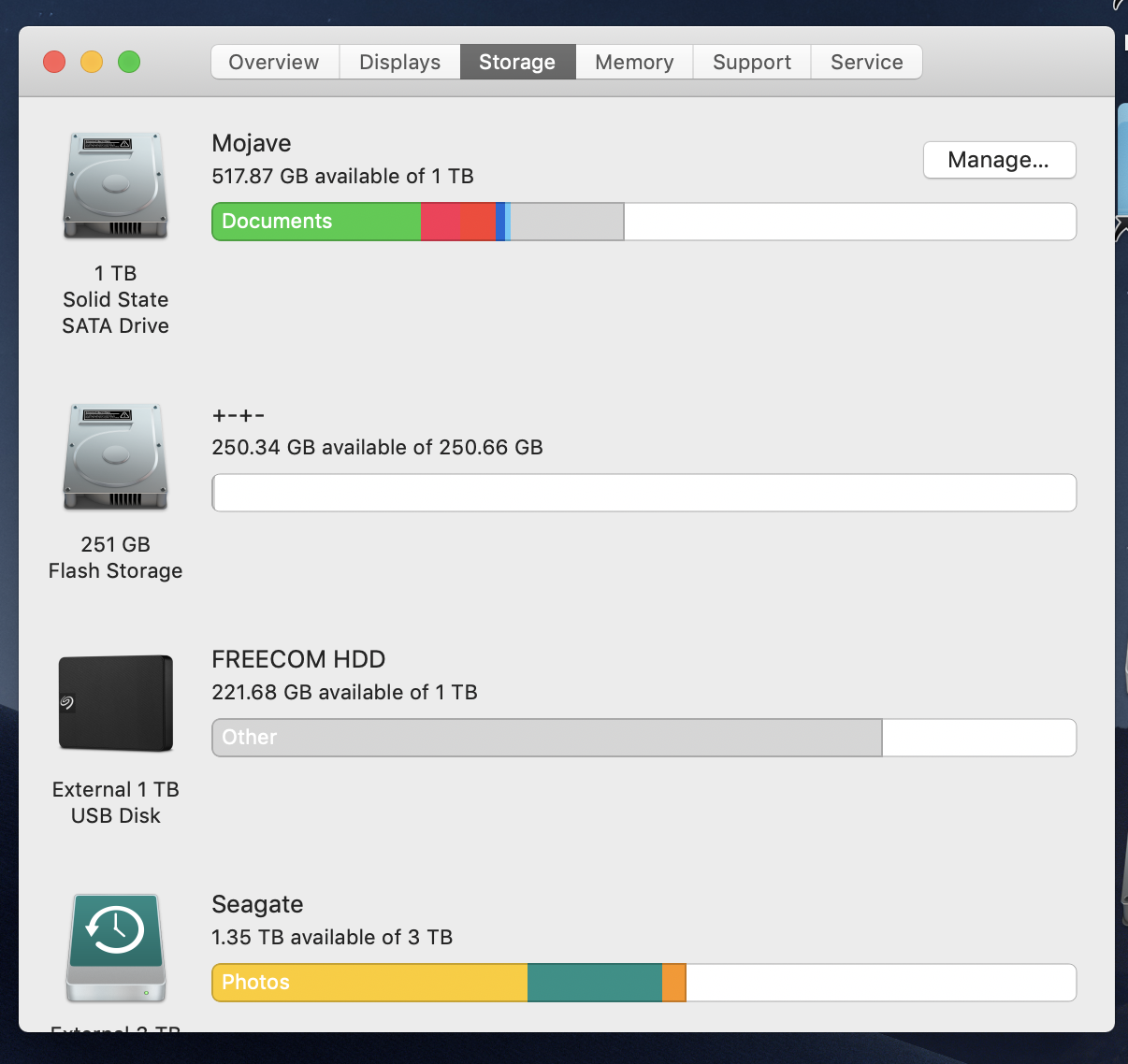
If you don’t work with multiple applications, consider turning off the autowrite preference. Saving changes automatically, however, can significantly degrade Lightroom performance. The applications are always in sync, always reflect the current Lightroom edits, and you don’t see metadata mismatch icons or badges in Bridge or Lightroom. That way, you don’t have to think about it. If you regularly switch between Lightroom, Adobe Bridge, and Camera Raw, it’s most convenient to save changes to XMP automatically. In Lightroom, edits can be saved to XMP automatically or manually. However, for other applications, such as Adobe Bridge and Camera Raw, to recognize those edits, they are saved as XMP (extensible metadata platform) data. Let Lightroom process the images before you start to work on them.īy default, changes you make to files in Lightroom-adding keywords or fixing red eye, for example-are stored with the photo in the Lightroom catalog. Then, at any time, select multiple photos in the Grid view of the Library module and choose Library > Previews > Render 1:1 Previews. Although generating high-quality, 1:1 previews on import slows the import process, it makes Lightroom more responsive when you start to work in the Library module.Īn alternative, if you want a speedier import process, is to render minimal or standard previews on import.

To render 1:1 previews on import, use the File Handling panel of the import window. Render them on import, or set aside time to render them manually. To increase your productivity and reduce this disruption, manage when and how you render your 1:1 previews. If, upon import, you only tell Lightroom to generate Minimal or Embedded previews, Lightroom creates Standard and 1:1 previews automatically as you’re working in the application. To display and work with photos, Lightroom requires a standard or 1:1 preview, depending on the task.

Any time you zoom to 1:1 or higher in the Library module, Lightroom uses 1:1 previews. Because so much data is being processed, 1:1 previews can take a significant amount of time to create. When Lightroom generates 1:1 previews, it also generates minimal and standard previews, so all three are available to the program as needed. Standard previews are used in Filmstrip and Grid view thumbnails, as well as in preview and content areas of the Slideshow, Print, and Web modules.ġ:1: These previews are a 100% view of actual pixels and, like Standard previews, the Camera Raw engine processes them. You can specify the size of the Standard preview you need, based on the display you use. So, they sometimes appear different from minimal or embedded previews, especially if you have applied adjustments in the Develop module. They use the Camera Raw engine for processing. Standard: Lightroom creates standard previews. The Filmstrip and Grid view of the Library module uses minimal previews temporarily, until Lightroom renders standard-size previews for those thumbnails.Įmbedded & Sidecar: These previews are larger, also camera-generated, and they take a little longer to create than minimal previews. They are the fastest type of preview to create. Minimal: These previews are the small, low-resolution JPEG previews embedded in the photos, which the camera generates.

When you import photos, you can choose from three types of previews of progressively higher quality: Lightroom uses previews to display photo thumbnails in the Grid view, the Loupe view, and in the Develop, Slideshow, Print, and Web modules.


 0 kommentar(er)
0 kommentar(er)
